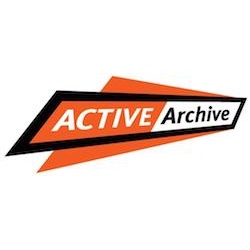 Today the Active Archive Alliance announced that Oak Ridge National Laboratory (ORNL) has upgraded its active archive solutions to enhance the integrity and accessibility of its vast amount of data. The new solutions allow ORNL to meet its increasing data demands and enable fast file recall for its users.
Today the Active Archive Alliance announced that Oak Ridge National Laboratory (ORNL) has upgraded its active archive solutions to enhance the integrity and accessibility of its vast amount of data. The new solutions allow ORNL to meet its increasing data demands and enable fast file recall for its users.
These active archive upgrades were crucial to ensuring our users’ data is both accessible and fault-tolerant so they can continue performing high-priority research at our facilities,” said Jack Wells, director of science for the National Center for Computational Sciences at ORNL. “Our storage-intensive users have been very pleased with our new data storage capabilities.”
ORNL is home to the United States’ most powerful supercomputer for open science, Titan. Titan is capable of 27 petaflops and can handle quadrillions of calculations simultaneously for scientific simulations. More than 1,200 users have access to the supercomputer and its file storage systems, where simulation data is stored so that users can quickly and efficiently access datasets as needed.
The active archive solutions include Redundant Array of Independent Tapes (RAIT) technology as well as new enterprise-class tape drives and an 18 PB disk cache. The center currently has more than 120 tape drives and the ability to house 60,000 tapes. The archive has 107 PB of tape storage capacity of which 59 PB is being used at present, and it has the ability to scale to a data capacity of 498 PB.
We are looking at best-of-breed solutions all the time, whether those be for the disk cache or tape layer or for the application managing those hierarchical storage systems,” said Quinn Mitchell, High-Performance Computing Storage System Administrator at the Oak Ridge Leadership Computing Facility (OLCF). “We are always evaluating our current storage system to find the best active archive solutions to meet both our center’s needs and the needs of the next generation of computational scientists.”
Read the full ORNL case study.



